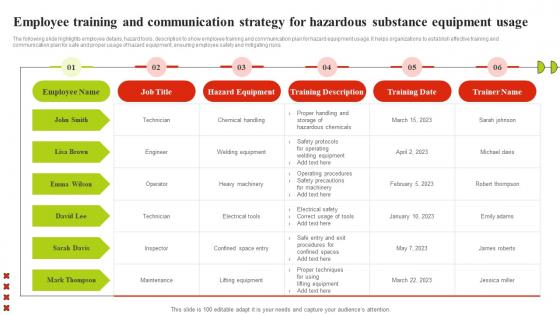What is 5G RAN Slicing? A Deep Dive into Network Customization
telcomatraining.com – In the era of 5G, one of the most revolutionary technologies enabling flexibility and efficiency in network management is RAN slicing. This innovative approach allows operators to create multiple virtual networks on a single physical infrastructure, catering to diverse service requirements. But what exactly is 5G RAN slicing, and why is it a game-changer in telecommunications?
Understanding 5G RAN Slicing
5G RAN (Radio Access Network) slicing is a technique that enables network operators to partition their RAN into multiple isolated and customized slices. Each slice is tailored to meet specific performance metrics such as latency, bandwidth, and reliability. This concept builds upon the broader idea of network slicing in 5G, where different virtual networks operate over a shared physical network infrastructure.
By leveraging software-defined networking (SDN) and network function virtualization (NFV), RAN slicing provides dynamic resource allocation, ensuring that each slice meets the distinct needs of various applications and industries.
How 5G RAN Slicing Works
RAN slicing is achieved through the following key components:
- Virtualization: Network functions are virtualized and deployed dynamically, ensuring seamless customization for different slices.
- Orchestration and Management: Automated systems monitor and manage network slices in real-time, optimizing resources based on demand.
- Quality of Service (QoS) Enforcement: Each slice is assigned specific QoS parameters to meet the requirements of the applications it supports.
- Multi-Tenancy Support: Multiple service providers or enterprises can operate independent network slices on the same physical RAN.
By integrating these elements, operators can create a flexible and scalable network environment that adapts to various user demands.
Benefits of 5G RAN Slicing
1. Enhanced Network Efficiency
RAN slicing allows for more efficient utilization of network resources by allocating bandwidth and computing power based on real-time requirements. This reduces network congestion and improves overall performance.
2. Support for Diverse Applications
Different industries have unique connectivity needs. For instance:
- Autonomous Vehicles: Require ultra-low latency and high reliability.
- Smart Cities: Need massive IoT connectivity with moderate data rates.
- Enterprise Solutions: Demand secure, high-bandwidth communication for cloud-based applications. RAN slicing ensures that each of these use cases gets a dedicated and optimized network slice.
3. Improved Security and Isolation
By segmenting the network into independent slices, RAN slicing enhances security. Sensitive applications, such as financial transactions and healthcare data transfers, can be isolated from general consumer traffic, reducing risks of cyber threats.
4. Cost-Effective Deployment
Instead of building separate physical networks for different applications, operators can leverage RAN slicing to deploy multiple virtual networks over the same infrastructure. This reduces capital and operational expenditures while maintaining high-quality service.
5. Faster Innovation and Customization
With network slicing, telecom providers can quickly roll out new services tailored to emerging market demands without disrupting existing network operations. This flexibility accelerates innovation and enhances customer satisfaction.
Challenges in Implementing 5G RAN Slicing
Despite its advantages, 5G RAN slicing comes with its own set of challenges:
- Complexity in Management: Orchestrating multiple slices dynamically requires sophisticated automation tools and expertise.
- Interoperability Issues: Ensuring seamless integration with legacy networks and multi-vendor environments can be challenging.
- Security Concerns: While slicing improves isolation, it also introduces new attack vectors that must be mitigated through advanced cybersecurity measures.
- Regulatory Considerations: Governments and regulatory bodies need to establish policies that support fair and secure implementation of network slicing.
Conclusion
5G RAN slicing is a transformative technology that unlocks new possibilities for network customization, efficiency, and scalability. By enabling multiple virtual networks over a shared infrastructure, it paves the way for innovative applications across various industries. While challenges remain in its deployment, ongoing advancements in automation, security, and regulatory frameworks will drive its widespread adoption. As 5G continues to evolve, RAN slicing will play a crucial role in shaping the future of telecommunications and connectivity.






